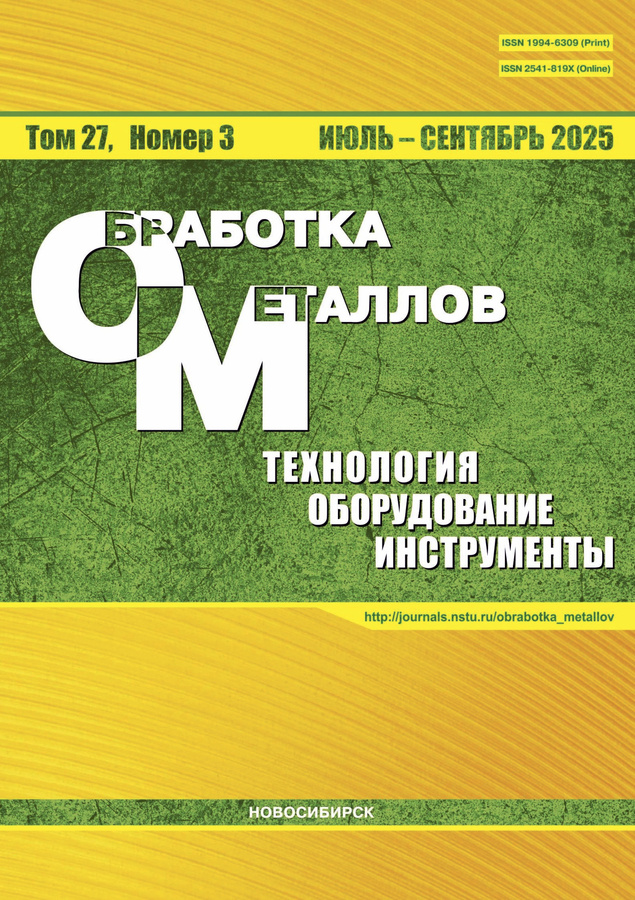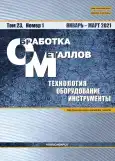Введение. Для деталей газотурбинных установок, эксплуатируемых в условиях коррозионно-эрозионного воздействия и интенсивного изнашивания, наиболее приемлемыми считаются композиции, содержащие в своем составе Ni, Co, Cr, Al, B, Y как в чистом виде, так и в составе соединений, наносимых на контактную поверхность при газотермическом напылении. Перспективными являются современные интегрированные комплексы, полученные объединением разнородных веществ в виде единой композиции. Такие порошки получают либо за счет плакирования, либо при конгломерировании тонкодисперсных исходных компонентов в более крупную частицу. Проблема разработки и изготовления установок для конгломерирования порошков является актуальной и практически важной, поскольку позволяет получать материал для газотермического напыления покрытий высокотемпературного назначения. Цель работы – разработать технологическую схему получения порошков требуемого химического состава с заданной формой и размером частиц, предназначенных для напыления высокотемпературных защитных покрытий. Материалы и методы исследования. Разработана технология получения интегрированных порошков для напыления покрытий с использованием метода распылительной сушки и последующего спекания в вакууме или в аргоно-водородной газовой среде, которая позволяет избежать потери исходного сырья за счет возврата мелкой и крупной фракции. Предложена технология подготовки материалов для распылительной сушки и гранулирования. Сконструирован и изготовлен аэродинамический классификатор гравитационного типа, позволяющий в автоматическом режиме осуществлять отбор необходимой для напыления покрытия фракции порошка, а также возврат нежелательной фракции на повторную переработку. Морфологию гранулированного порошка определяли на сканирующем электронном микроскопе TESCAN. Химический состав получаемых интегрированных комплексов определен методом микрорентгеноспектрального анализа на приставке OXFORD. Результаты и обсуждения. Установлены технологические условия получения порошков заданного размера (40…100 мкм). Показано, что форма частиц конгломерата после распылительной сушки близка к сферической. На основе многофакторного эксперимента выполнена оптимизация технологического процесса получения порошка Ni-17Cr-10Al-1Y и Ni-22Cr-16Al-1Y размерами до 100 мкм. Показано, что при конгломерировании порошков с повышенным содержанием алюминия (Ni-22Cr-16Al-1Y) необходимо учитывать экзотермическую реакцию образования алюминидов никеля и разбавлять смесь исходных компонентов перед спеканием готовым спеченным порошком. Получаемые интегрированные комплексы характеризуются высокой жаростойкостью, поэтому предназначены и успешно используются для плазменного напыления защитных покрытий высокотемпературного назначения. Выводы. Разработана технология получения композиционных конгломерированных порошков Ni-17C-10Al-1Y и Ni-22Cr-16Al-1Y размерами частиц до 100 мкм и формой, близкой сферической. Отличительной особенностью этой технологии является то, что она позволяет избежать потери исходного сырья за счет возврата мелкой и крупной фракций.
 6-20
6-20


 21-32
21-32


 33-44
33-44


 45-55
45-55


 56-67
56-67


 68-78
68-78


 79-88
79-88








